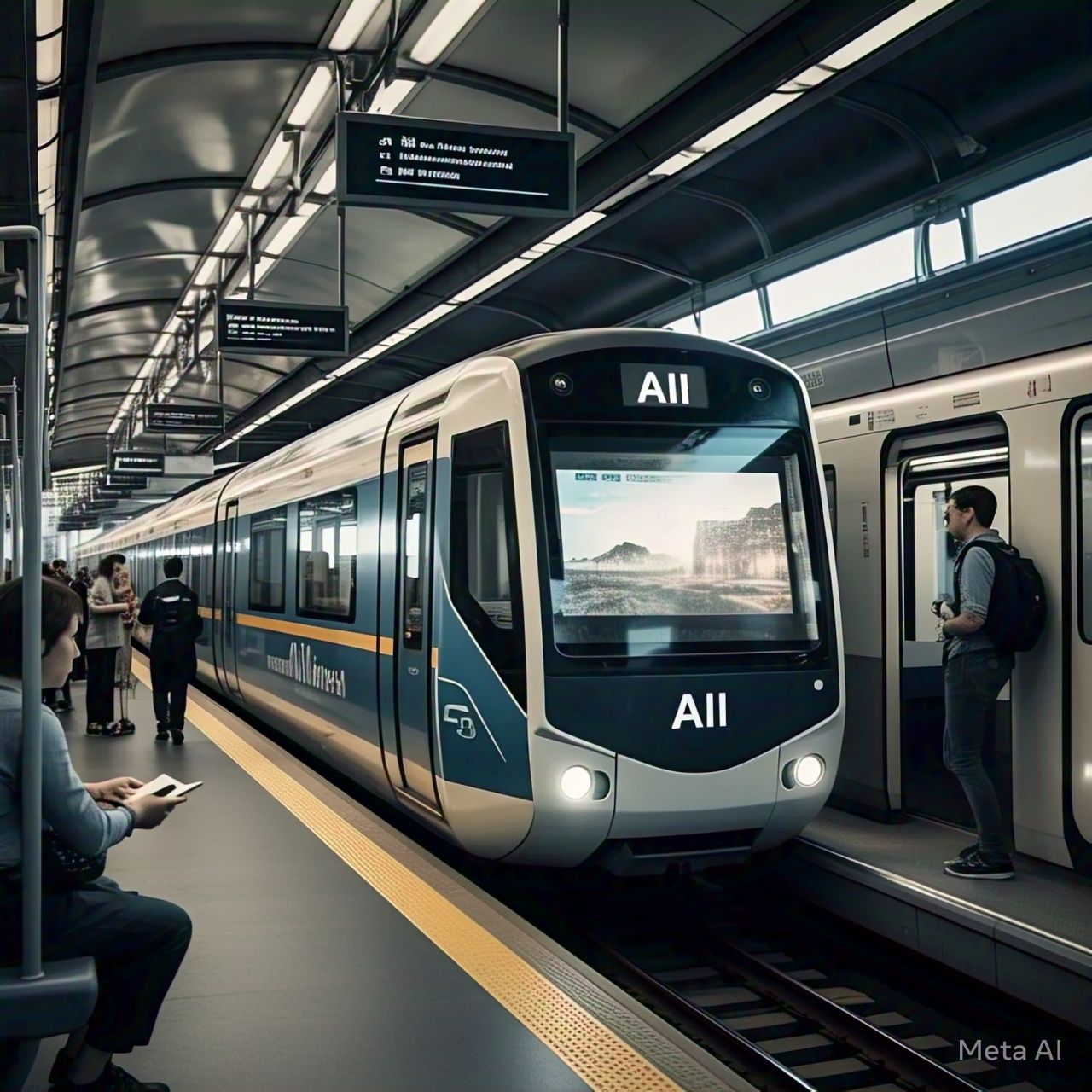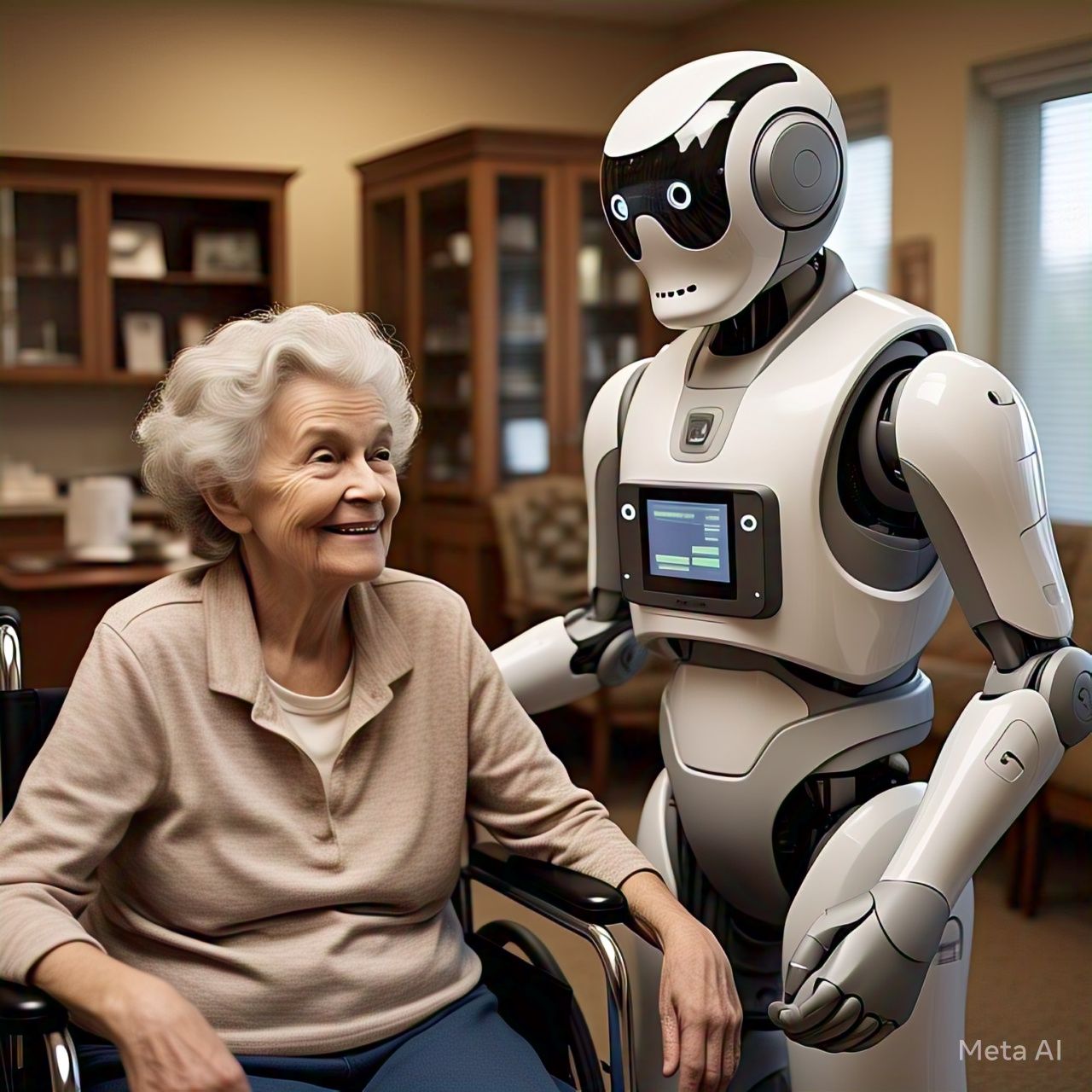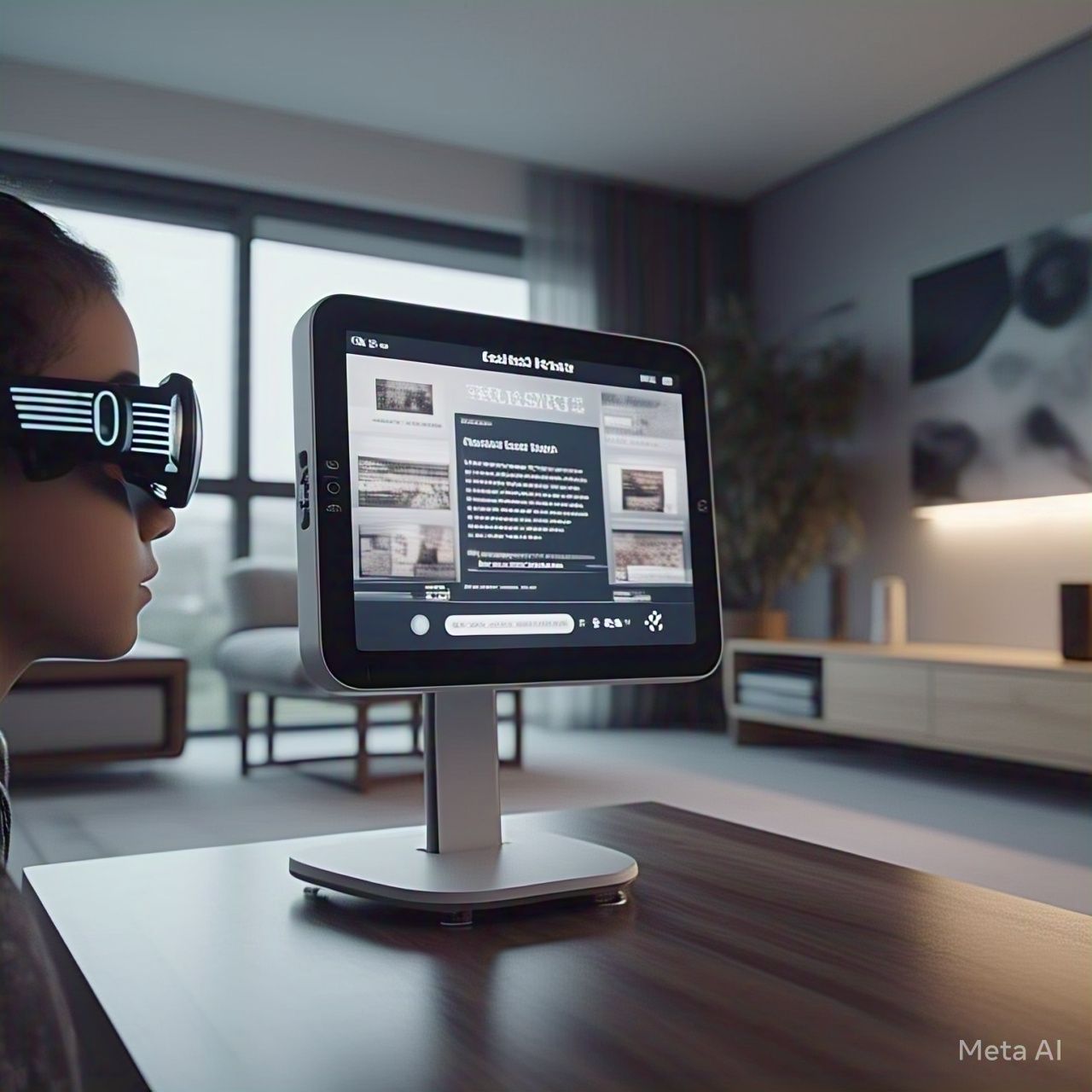Table of Contents
- Introduction
- The Role of AI in Public Transportation
- How AI Enhances Travel Speed
- AI and Passenger Safety
- Real-World Applications of AI in Public Transport
- Challenges and Limitations of AI in Public Transport
- Future of AI in Public Transportation
- Conclusion
- FAQs
1. Introduction
Public transportation is the backbone of modern cities, providing mobility to millions of people daily. However, issues like congestion, delays, and safety concerns continue to challenge public transit systems. Artificial Intelligence (AI) is revolutionizing public transport by optimizing schedules, improving passenger safety, and reducing travel times. This article explores how AI is making public transportation faster and safer, with real-world examples and future possibilities.
2. The Role of AI in Public Transportation
AI is integrated into public transport through various technologies, including:
- Predictive Analytics: AI predicts demand, optimizing schedules to reduce congestion.
- Autonomous Vehicles: AI-powered buses and trains improve efficiency and reduce accidents.
- Traffic Management Systems: AI analyzes traffic data to suggest optimal routes.
- Passenger Assistance: AI chatbots and real-time information systems improve the travel experience.
- Facial Recognition & Surveillance: AI enhances security at transit stations.
These advancements help streamline operations and provide a seamless commuting experience.
3. How AI Enhances Travel Speed
One of the primary benefits of AI in public transport is reducing travel times. AI achieves this by:
- Optimizing Traffic Lights: AI-powered systems adjust signals in real-time, reducing waiting times at intersections.
- Dynamic Route Planning: AI analyzes live traffic data and suggests alternative routes to avoid congestion.
- Automated Ticketing & Boarding: Contactless payments and AI-driven boarding systems reduce delays at entry points.
- Autonomous Public Transport Vehicles: AI-driven buses and trains reduce human errors and operate more efficiently.
A study by the International Transport Forum (ITF) found that AI-driven traffic optimization can cut travel time by up to 30% in urban areas.
4. AI and Passenger Safety
Safety remains a top priority in public transport, and AI plays a crucial role in enhancing it through:
- Surveillance and Crime Prevention: AI-powered CCTV cameras detect suspicious activities and alert authorities in real time.
- Predictive Maintenance: AI monitors vehicle health, identifying potential failures before they cause accidents.
- Autonomous Emergency Braking: AI-driven safety mechanisms prevent collisions in buses and trains.
- Passenger Monitoring Systems: AI detects unusual passenger behavior, ensuring a safer ride.
- AI-Based Health Monitoring: AI can detect health emergencies (e.g., heart attacks) in passengers and notify medical personnel immediately.
The use of AI in safety has already led to a significant reduction in accidents and security threats in major public transit systems worldwide.
5. Real-World Applications of AI in Public Transport
Several cities and companies have successfully implemented AI-driven public transport solutions:
| City/Company | AI Application |
|---|---|
| London (TfL) | AI optimizes traffic signals to reduce congestion. |
| Singapore | AI-driven autonomous buses are being tested for public transport. |
| New York (MTA) | AI-based surveillance enhances passenger security. |
| China (Beijing Metro) | AI ticketing and facial recognition for seamless boarding. |
| Dubai | AI-driven predictive maintenance for metro systems. |
These applications highlight how AI is already transforming public transport worldwide.
6. Challenges and Limitations of AI in Public Transport
Despite its benefits, AI implementation in public transport faces several challenges:
- High Costs: AI infrastructure requires significant investment in hardware, software, and training.
- Data Privacy Concerns: AI-driven surveillance raises ethical concerns about passenger privacy.
- Cybersecurity Risks: AI systems are vulnerable to hacking and cyber threats.
- Public Resistance: Many people are hesitant to trust AI-driven transport systems.
- Regulatory Issues: Governments must create policies to regulate AI in public transport.
Addressing these challenges is crucial for widespread AI adoption in public transportation.
7. Future of AI in Public Transportation
The future of AI in public transport looks promising, with upcoming innovations such as:
- Fully Autonomous Public Transport: Self-driving buses and trains will become mainstream.
- AI-Powered Hyperloop Systems: AI will manage high-speed transportation networks like the Hyperloop.
- AI-Based Ride-Sharing Integration: Public transit will merge seamlessly with AI-powered ride-sharing services.
- AI Traffic Control Centers: AI will manage entire cities’ traffic flow efficiently.
- Personalized Travel Experiences: AI will offer real-time, tailored transit recommendations based on user behavior.
With continuous advancements, AI will redefine urban mobility in the coming decades.
8. Conclusion
AI is transforming public transportation by making it faster, safer, and more efficient. From optimizing traffic management to enhancing passenger safety, AI-driven innovations are improving commuting experiences worldwide. While challenges remain, the future holds immense potential for AI-powered smart cities with seamless and secure public transport systems.
9. FAQs
1. How does AI improve public transport safety?
AI enhances safety through surveillance, predictive maintenance, emergency braking, and health monitoring systems.
2. Can AI reduce travel time in public transport?
Yes, AI optimizes traffic signals, improves route planning, and enables autonomous vehicles to reduce travel time.
3. What cities are using AI in public transport?
Cities like London, Singapore, New York, and Dubai have integrated AI for better traffic management, security, and automation.
4. Are there privacy concerns with AI in public transport?
Yes, AI-powered surveillance raises concerns about data privacy and misuse of personal information.
5. What is the future of AI in public transportation?
The future includes autonomous public transport, AI-powered hyperloops, and personalized AI-driven travel experiences.





